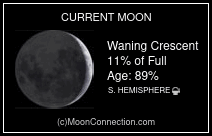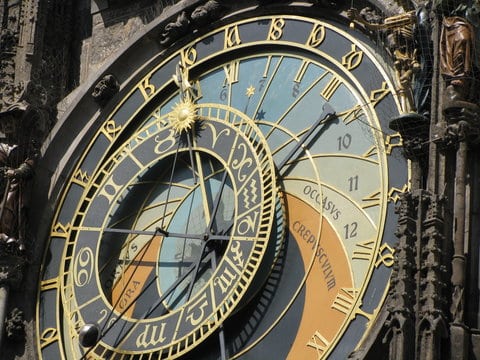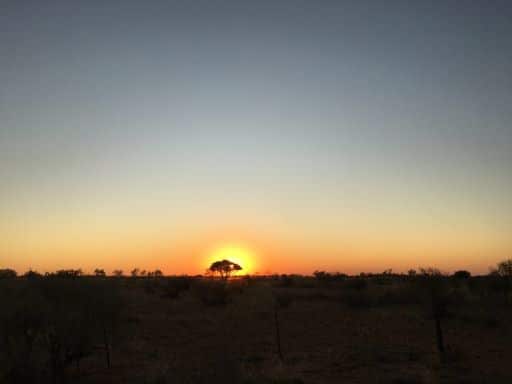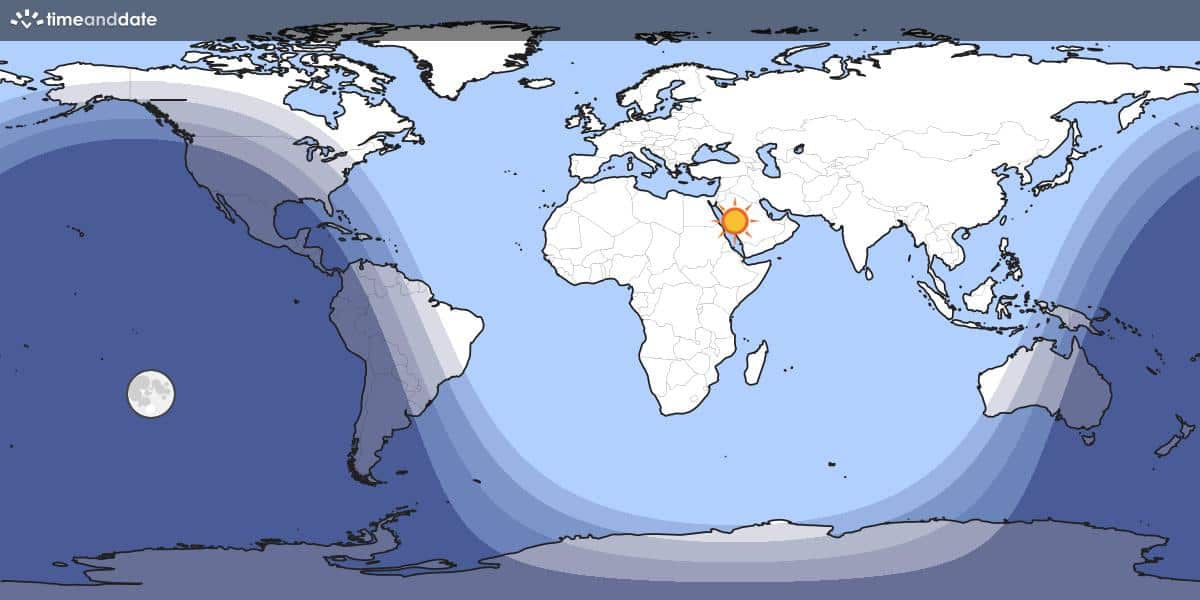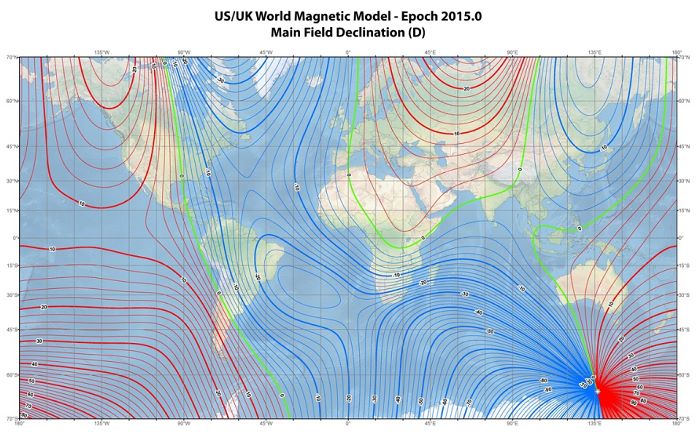N157C: 30 Doradus
C Superbubble
Steve Gottlieb’s Observations
NGC 2044 = 30 Dor C = ESO 056-165 = S-L 602 = LH 90
05 36 06.2 -69 11 55; Dor
V = 10.6; Size 4.5′
25″ (4/3/19 – OzSky): at 244x; NGC 2044 is a striking group of stars (stellar (association LH 90), tiny clusters and weak nebulosity. The 3 main “knots” are clusters BRHT 17a and 17b (1′ separation E-W) and KMK88 87, which is 2′ N of 17b. A few dozen stars are resolved in total, mostly in a E-W stream containing the BRHT pair and fainter stars in a vertical stream at the west end of the group (one “star” is quasi-stellar cluster KMK88 79). At the north end of the vertical stream is a mag 13.9 Wolf-Rayet star (HD 269818 = Brey 62), and just north of BRHT 17b is Brey 57, an easy mag 13.5 Wolf-Rayet.
BRHT 17a: very bright 20″ knot, very clumpy, a few individual stars were barely resolved.
BRHT 17b: very bright 15″ knot containing a few stars that nearly resolved, but were too closely packed to separate cleanly in the seeing conditions. One is the Wolf-Rayet Brey 65 on the N end. KMK88 79 is a tiny knot 1.5′ W.
KMK88 87: fairly bright, elongated SSW-NNE glow, bright center, 25″ diameter. With a more critical gaze, it resolved into a quasi-stellar center (probably 2 or more stars) with resolved stars at the SSW and NNE ends.
18″ (7/8/02 – Magellan Observatory, Australia): group of about a dozen stars in a 3′ diameter at 171x dominated by three brighter stars in a E-W string. Two of the “stars” in this line are actually compact clusters (BRHT 17a and 17b). The western “star” (HD 269828 = BRHT 17b) has been resolved into 15+ components including W-R star Brey 65 and the eastern “star” (BRHT 17a) into 9+ components. A mag 13.5 star on the NW side is the W-R Brey 57. Another mag 12 “star” just 2′ NNW of HD 269828 is also a compact cluster (KMK88 87).
NGC 2044 is situated in the outer portion of the 30 Doradus complex, 16′ SW from the central core, and is the central cluster in a 6′ diameter Superbubble. Like NGC 2060, this stellar association (LH 90) also harbors a young SNR! The site of SNR 1987A (05 35 28, -69 16.2) lies only 5.5′ SW.
Notes: John Herschel discovered NGC 2044 between Nov 1836 and Mar 1837 with a 5-inch refractor and listed it as #608 in his preliminary catalogue of “Stars, Nebulae and Clusters in the Nubecula Major.” His position is ~1′ south of the center of LH 90.



